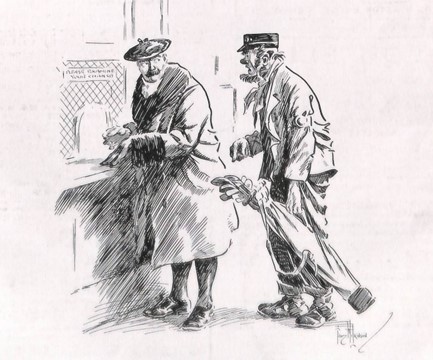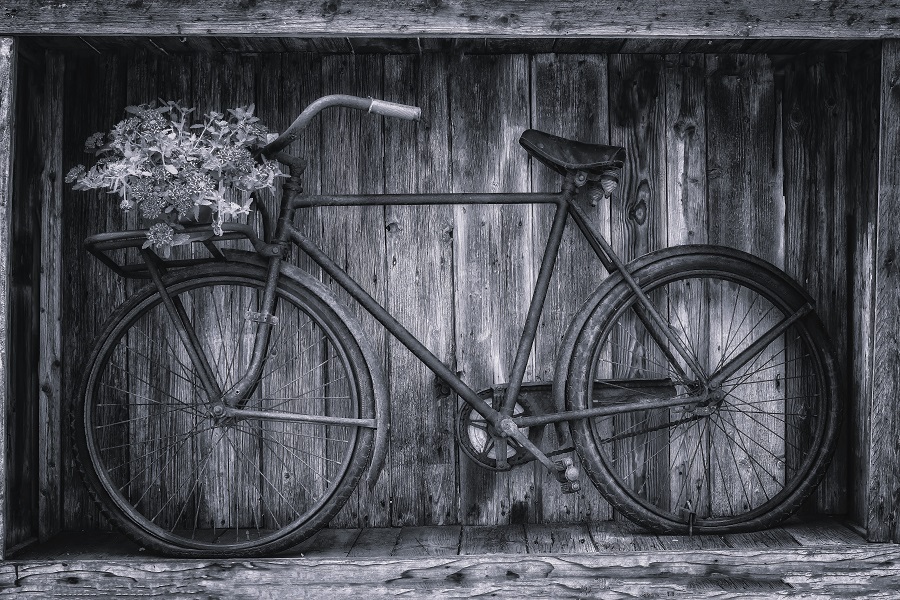Originally published June 2023.
Whenever you ask a golfer what caused the great boom in golf in the 19th century, the most common response by far is “the railways.” But the actual answer is not so straightforward.
The boom in golf in Scotland in the mid-19th century was triggered by two factors – the invention of the gutta percha golf ball, which replaced the traditional and more expensive feathery ball, and the expansion of the railway network, which enabled a broader cross-section of the urban population to travel to the coastal towns for daytrips and holidays. Golf in those days was mostly played on the linksland on the east coast. St Andrews became a major tourist attraction for its antiquity, beaches, and its golf course where the game had been played since the 16th century. By 1860, all the golf clubs in Scotland were in close proximity of a railway station. The English middle classes also began to visit Scotland in large numbers – many for the first time – and became increasingly aware of this quaint Scottish game called “goff”.

By 1860, the railway network was much further in advance in England (7,500 miles of track compared with about 1,000 miles in Scotland) and where every town with a population of over 8,000 had a railway station. But by then there were only two golf clubs in England; one at Blackheath in London and one on Kersal Moor on the outskirts of Manchester, both organised by ex-patriate Scots, and both of which had been established before the railways began.
The first club in England to be formed in the railway age was Royal North Devon at Westward Ho! in 1864 when Old Tom Morris laid out an 18-hole course. It remains the oldest English golf club still playing at its original location. Despite its distance from London, the Blackheath golfers would embark upon a full day’s train journey from Waterloo to play on a genuine links golf course.
Golf grew slowly in England. By the end of the 1870s there were still only 15 golf clubs in the entire country, the even more extensive railway network providing no impetus. It was not until the late 1880s that golf began to take off by which time about 100 golf clubs existed. But the railways had little direct impact. The stations at most of those locations had been around for about three decades before the golf clubs had come into existence. English golf was on a different track from the traditional blueprint established in Scotland.
When golf boomed in England from the 1890s through until the First World War, it was not at the coast, but mostly inland. Of the roughly 1,200 clubs formed in that period, 86% were inland in the major cities, large towns and even in small market towns throughout the country. The English golfer typically played at his local club close to where he or she lived. There was no need to take the train as they often lived closer to their golf clubs than to the local railway station. At the nub of this was the great enthusiasm for golf; they wanted to play regularly and not just on occasional trips to the coast.

So, it begs the question; if not the railways, how did English golfers typically travel to their golf clubs? In 1885, John Kemp Starley from Coventry invented the so-called “safety bicycle”, and in 1888, John Boyd Dunlop provided a further advance with his invention of the pneumatic tyre. The 1890s are often heralded as the golden age of the bicycle, and so a cycling boom occurred at the exact same time as golf boomed in England. Numerous references exist from that period of bicycle sheds being erected for members at their golf clubs. The bicycle was probably a more common mode of transport than the train and its convenience contributed to the great boom in golf prior to the age of the motor car. And so, men and women would make their way astride their bikes, no more than a mile, to play at their local clubs.








